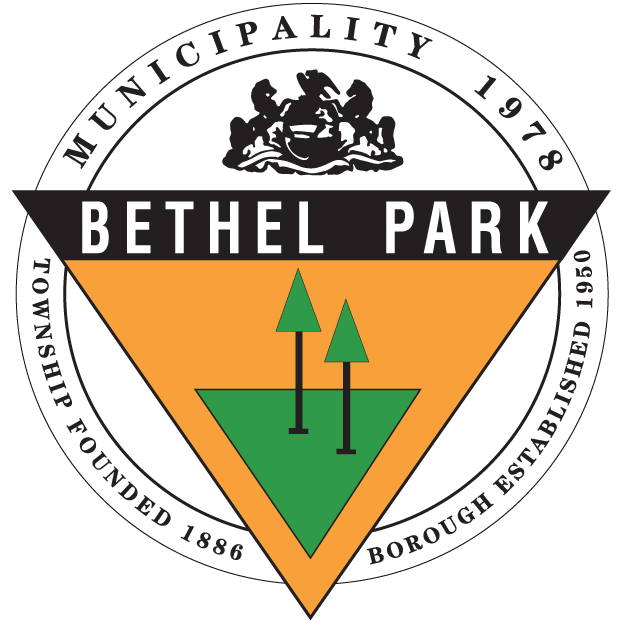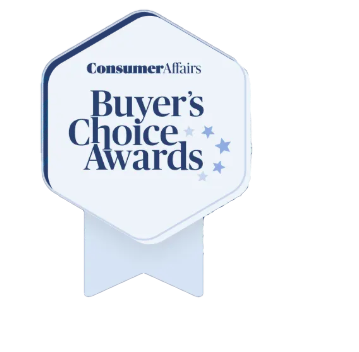SHADE TREE COMMISSION


BETHEL PARK SHADE TREE COMMISSION
The mission of the Bethel Park Shade Tree Commission is to create and maintain a tree canopy that will enrich our community environmentally, and aesthetically, and improve the quality of life in the Municipality.
The Commission meets quarterly, usually at 6:30 p.m. in the Municipal Building Caucus Room (5100 W. Library Ave.). Meeting dates/times are subject to change
Members
Gregory Ament
Brian Tarbert
Pam Dobos
Brian Joos
Machelle DeCarlo
NancyJean Morrison
Lindsey Boyko
School District Liaison
Barry Christenson

Important Links


Trees Suitable for Planting in Bethel Park
Every tree selected for this list has its own benefits and/or limitations when growing under harsh urban conditions. The trees listed below will tolerate the adverse conditions found on most urban sites. Bring out the best characteristics of a particular tree by matching the most suited tree to your planting-specific site characteristics.
SMALL TREES – (UNDER 30′)
- Acer buergerianum – Trident maple*
- Acer ginnala – Amur maple
- Acer campestre ‘Queen Elizabeth’ – Queen Elizabeth hedge maple
- Acer tataricum – Tatarian maple*
- Amelanchier x grandiflora – Serviceberry* (many cultivars)
- Cercis canadensis `Oklahoma’*- Oklahoma redbud (only cultivar drought resistant enough to qualify; specify street tree form)
- Crataegus crus-galli ‘Inermis’ – Thornless cockspur hawthorn
- Crataegus lavallei – Lavalle hawthorn
- Crataegus phaenopyrum `Princeton Sentry’ or `Ohio King’ – Washington hawthorn*
- Crataegus viridis ‘Winter King’ – Green hawthorn*
- Magnolia stellata – Star magnolia*
- Malus cultivars – crabapple* (disease resistance emphasized; specify street tree form) `Adams’, `Centurion’, `Donald Wyman’, `Indian Magic’, `Prairie Fire’, `Professor
Sprenger’, `Red Jewel’, `Sentinel’, `Spring Snow’, `Sugar Tyme’, `Strawberry Parfait’ - Malus floribunda – Japanese flowering crabapple
- Malus sieboldii x zumi ‘Calocarpa’ – Zumi crabapple
- Malus zumi – ‘Glen Mills’ – Glen Mills crabapple
- Prunus ‘Accolade’ or `Okame’ – Flowering cherry
- Prunus sargentii ‘Columnar’ – Sargent cherry
- Prunus serrulata ‘Amanogawa’, ‘Kwanzan’ – Japanese flowering cherry*
- Prunus virginiana ‘Shubert’- Shubert Chokecherry
- Syringa reticulata ‘Summer Snow’ or ‘Regent’ (better form than `Ivory Snow’) – Tree lilac*
*Duquesne Light Approved List Of Utility-Compatible Trees for Planting in Distribution and Sub-Transmission Corridors (Maximum Mature Height <25 Feet)
MEDIUM TREES – (30′ to 45′)
- Acer campestre – Hedge maple
- Acer griseum – Paperbark maple
- Aesculus x carnea ‘Briotii’ – Ruby red chestnut (specify street tree form)
- Carpinus betulus ‘Fastigiata’ – Upright European hornbeam
- Carpinus caroliniana – American hornbeam
- Halesia carolina – Carolina silverbell
- Koelreuteria paniculata – Golden rain tree
- Maackia amurense – Amur maackia
- Parrotia persica – Persian parrotia
- Phellodendron amurens ‘Macho’ – Amur cork tree (male seedless trees only)
- Prunus yedoensis – Yoshino cherry
- Quercus acutissima – Sawtooth oak
- Sorbus alnifolia – Korean mountain ash
- Sorbus aucuparia ‘Fastigiata’ – Upright mountain ash
LARGE TREES – (OVER 45′)
- Acer freemanii – Autumn blaze maple
- Acer rubrum – Red maple (own rooted plants best – many cultivars; ‘Autumn Flame’ and `Red Sunset’ may have better branching structure than ‘October Glory’ or ‘Armstrong’)
Celtis laevigata ‘All Seasons’ – Sugar hackberry - Celtis occidentalis ‘Prairie Pride’ or ‘Magnifica’ – Hackberry
- Corylus colurna – Turkish filbert
Eucommia ulmoides – Hardy rubber tree - Ginkgo biloba – Ginkgo (male selections like `Magyar’ only)
- Gleditsia triacanthos ‘Shademaster’ or other cultivars – Honeylocust
- Gymnocladus dioicus – Kentucky coffee tree (male seedless selections like `Macho’)
- Liquidambar styraciflua – Sweet gum (`Rotundiloba’ is seedless)
- Metasequoia glyptostroboides – Dawn redwood (specify street tree form)
- Nyssa sylvatica – Black gum
- Platanus x acerifolia – London plane tree
- Quercus alba – White oak
- Quercus bicolor – Swamp white oak
- Quercus imbricaria – Shingle oak
- Quercus palustris ‘Green Pillar’ – Upright Pin Oak Bacterial leaf scorch caution
- Quercus phellos – Willow oak
- Quercus robur – English oak
- Quercus rubra – Red oak Bacterial leaf scorch caution
- Quercus shumardii – Shumard oak Bacterial leaf scorch caution
- Sophora japonica – Japanese scholar tree (cultivars ‘Halka’ or `Regent’)
- Taxodium distichum – Bald cypress (specify street tree form)
- Tilia americana Wandell’ – Legend American linden
- Tilia americana `Redmond’ – Redmond linden
- Tilia cordata – Little leaf linden cultivars
- Tilia euchiora – Crimean linden (ungrafted specimens)
- Tilia tomentosa – Silver linden
- Ulmus americana ‘Delaware’, ‘Valley Forge’ or `New Harmony’ — Dutch Elm Disease (DED) resistant elms Elm yellows caution
- Ulmus `Homestead’ or `Accolade’ -hybrid DED resistant elm cultivars Elm yellows caution
- Ulmus parvifolia ‘Dynasty’ or ‘Athens’ – Lacebark elm Elm yellows caution
- Zelkova serrata ‘Village Green’, ‘Mushashino’, or ‘Halka’ — Zelkova (avoid ‘Green Vase’)
REFERENCES:
Jason Lubar – Morris Arboretum
Al Sam – State College Borough Urban Forester
Vincent Cotrone – PSU Extension Urban Forester
Julianne Scheiffer – PSU Extension Urban Forester
Michael A. Dirr - Manual of Woody Landscaper Plants
Cornell University - Recommended Urban Trees: Tree Selection for Stress Tolerance Street Municipal Tree Restoration Program and the Directory of
Landscape Tree Cultivars - Tree Factsheets
Cornell University - Creating the Urban Forest: The Bare Root Method –
Recommended reference: Gerhold, Henry, Wandell, Willet, and Lacasse, Norman. 3rd ed. 2001. Landscape Tree Factsheets. The Pennsylvania State University, University Park, State College, PA.

